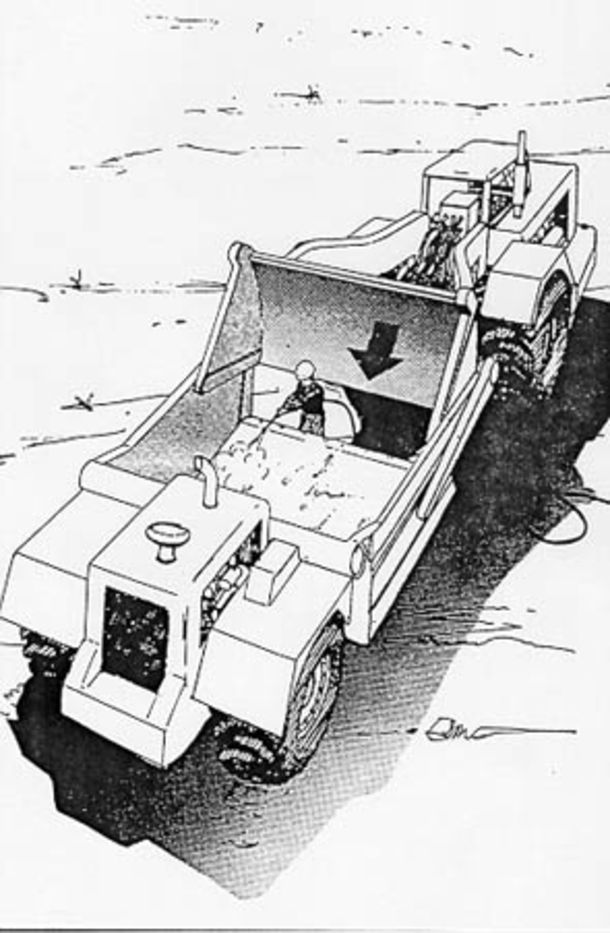OSHA - OH #*%&!

A construction jobsite, with various workers performing their tasks alongside one another, is usually a beehive of activity. Plumbers rough in underground pipes while the foundation is being formed. Electricians run wires while the framers complete their work. Contractors often work side by side so that the project is completed on time. But tradespeople aren't the only professionals on the jobsite. Building officials and other government employees also stop by to visit. While some come by invitation, for example, to perform a scheduled building inspection, others drop by unannounced. When OSHA drops by, you can almost see the contractor thinking "Oh Sh--" because OSHA inspectors issue penalties for noncompliance of OSHA safety standards.
OSHA (the Occupational Safety and Health Administration) is a government agency that enforces workplace safety and health standards that protect America's working men and women. These standards include an employer's obligation to educate employees about unsafe workplace conditions.
The information provided employees should address:
1. The proper use of jobsite equipment and machinery
2. The handling of harmful substances such as flammable, caustic, and poisonous chemicals, and blood- borne pathogens such as hepatitis and HIV
3. The use of personal protective equipment such as gloves, protective eyewear, and respirators
4. The availability of medical care and fire protection in the workplace
In addition to training, OSHA also requires the employer to provide a safe and healthful work environment to its employees. Basic provisions of the Occupational Safety and Health Act require that the workspace be free of debris and other hazards. Additionally, the workspace must be well lit and ventilated. But although OSHA records show that workplace fatalities have decreased by more than 60% since 1971, the construction industry continues to have a high number of fatalities. In 2006, OSHA's records show that 1,226 of the 5,703 recorded occupational fatalities occurred within the construction industry. This is likely due to the nature of the work. Injury and death occur more frequently in construction occupations because workers perform labor-intensive tasks in dangerous environments. Construction workers use powerful tools while on ladders and scaffolding. They also work alongside heavy equipment such as backhoes and bulldozers. As a result, not only is there a high occurrence of injury, the injuries are often severe, long lasting and sometimes fatal.
Because education can help prevent injury and illness, OHSA tries to keep people informed of the hazards of complacency. Falls, electrocution and suffocation are examples of injuries that can be fatal. On its website, OSHA offers documents such as Fatal Facts, which describes accidents so the conditions that made them possible hopefully will not be repeated.
1. Employer shall instruct each employee to recognize and avoid unsafe conditions applicable to his work environment (1926.21(b)(2)). 2. Bulldozer and scraper blades and similar equipment shall either be fully lowered or blocked when being repaired or not in use. |
Jobsite death is a tragic occurrence that OSHA wants to eliminate. Therefore, OSHA has implemented an on-site consultation program that provides free and confidential advice to small- and medium-sized businesses. This service, which is available on request, gives priority to high-hazard worksites and is separate from enforcement. Consequently, it does not result in any penalties or citations. In fact, the business may qualify for a one-year exemption from routine OSHA inspections. NO Sh--! Your only obligation is to correct serious job safety and health hazards.
Jobsite injury is a lose-lose situation because both the employer and employee suffer. There are also secondary losses, most notably, a loss of morale that can affect the entire workplace. Because jobsite injury can have serious and far-reaching consequences, jobsite hazards should be actively addressed. The professionals from OSHA are there to help.





